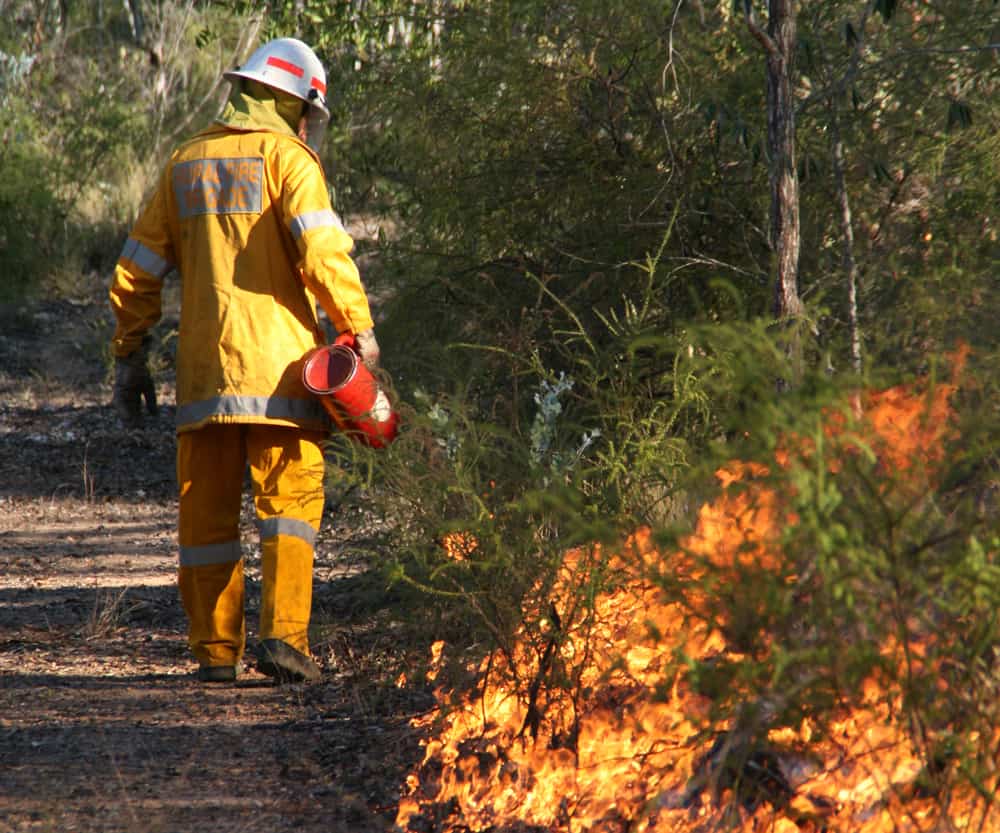The beginning of winter also signals the start of council’s annual hazard reduction burn program in the city’s conservation/environmental estates, parks and reserves. This year the focus is on Mount Grandchester Conservation Estate and White Rock-Spring Mountain Conservation Estate. Here’s what you need to know about the planned burns.
This is made up of conservation/environmental estates, parks and reserves.
Under the Qld Fire and Emergency Services Act 1990, council must minimise fire risk and take all reasonable steps to control fire on council owned or controlled lands, and to prevent its escape to other lands.
It also has a responsibility under state and federal law to appropriately manage the environmental and biodiversity values in relation to both planned and wildfires.
To meet these obligations and preserve and enhance these important natural assets for current and future generations, council uses a range of proactive strategies.
One of the tools used is an annual program of hazard reduction burns.
Why hazard reduction burns are important
Some species of native plants and trees are stimulated to seed after a fire. In long-unburned areas, aging vegetation can lose its productivity while plants that depend on fire to seed may perish.
Nesting hollows for animals can be created by fire, while reshooting vegetation after a fire provides ‘green pick’ for herbivores such as kangaroos, wallabies and insects.
However, the benefits fire can bring in nature must be carefully balanced against maintaining community safety.
Available forest fuel, particularly ground covering, determines the amount of heat that is potentially released in a bushfire.
Planned burns aim to replicate pre-European fire regimes in the natural landscape. They help maintain environmental conditions to benefit the ecosystem.
Council uses mapping resources combined with on-ground assessments to select where burns will take place.
The impact on wildlife is considered and minimised, with the low intensity and patchy nature of prescribed burns providing wildlife opportunities to escape into unburned areas or take shelter.
What you can expect
The burns are expected to take place from 1 June to 10 June and will be carried out by Queensland Fire and Emergency Service.
Burns are generally carried out during the cooler months and when weather conditions – wind speed, relative humidity and temperature – are favourable.
All attempts will be made to limit any smoke, dust and other hazards, however, smoke may cause some inconvenience to residents and motorists during the burns.
Residents and motorists can take the following actions during prescribed burns:
- Keep doors and windows closed to prevent smoke entering your home.
- Remove washing from the clothes line.
- Limit outdoor activities if smoke is a nuisance.
- If you suffer respiratory or other health conditions, keep medication close by and seek medical advice if concerned.
- Drive to conditions and use extra caution.
If you live next to a prescribed burn site, you should also:
- Ensure pets or livestock have a safe area to shelter.
- Place outdoor furniture undercover.
- Retract pool covers.
- Clear roofs, gutters and yards of flammable materials such as leaves.
To receive text messages or email alerts go here. For park closure and other enquiries phone council on 3180 6666 or visit www.ipswich.qld.gov.au
A post burn assessment and site clearance is carried out following each burn.

